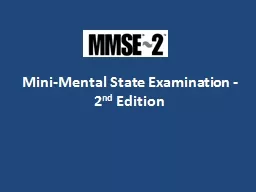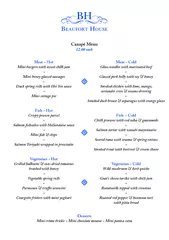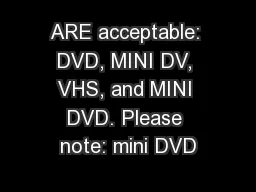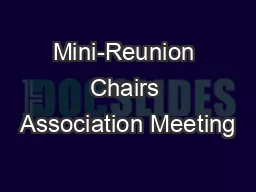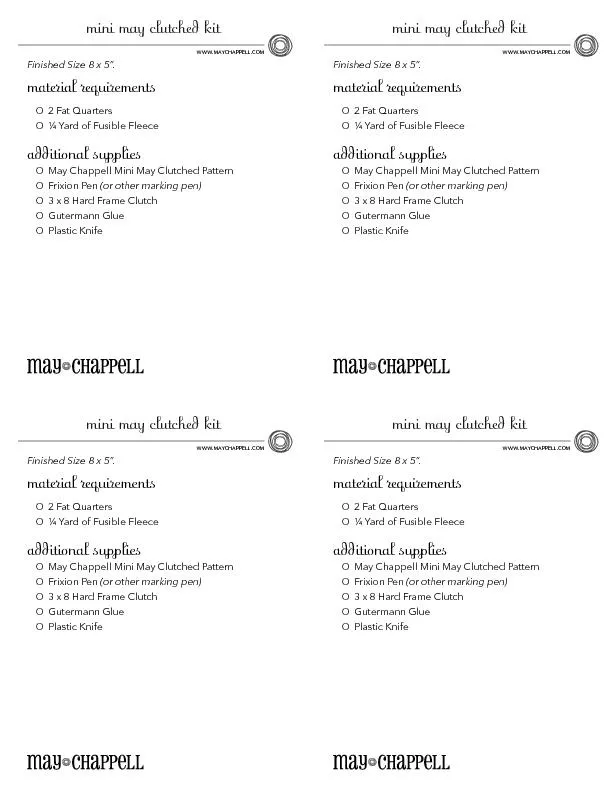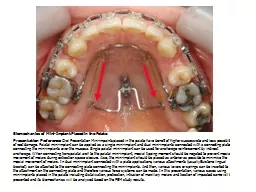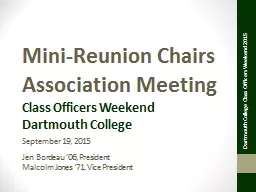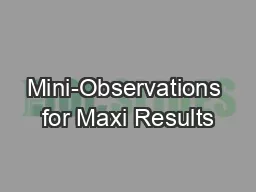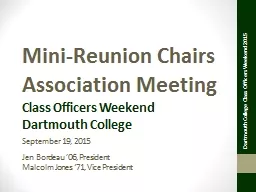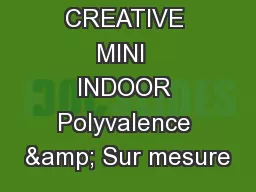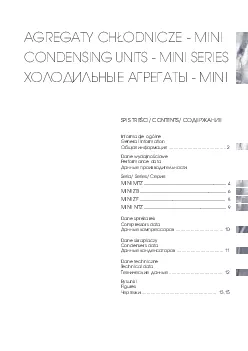PPT-Mini-Mental State Examination - 2
Author : stefany-barnette | Published Date : 2017-03-25
nd Edition Overview Original MMSE is one of the most widely used brief screening instruments for cognitive impairment Has been used in a variety of settings including
Presentation Embed Code
Download Presentation
Download Presentation The PPT/PDF document "Mini-Mental State Examination - 2" is the property of its rightful owner. Permission is granted to download and print the materials on this website for personal, non-commercial use only, and to display it on your personal computer provided you do not modify the materials and that you retain all copyright notices contained in the materials. By downloading content from our website, you accept the terms of this agreement.
Mini-Mental State Examination - 2: Transcript
Download Rules Of Document
"Mini-Mental State Examination - 2"The content belongs to its owner. You may download and print it for personal use, without modification, and keep all copyright notices. By downloading, you agree to these terms.
Related Documents

